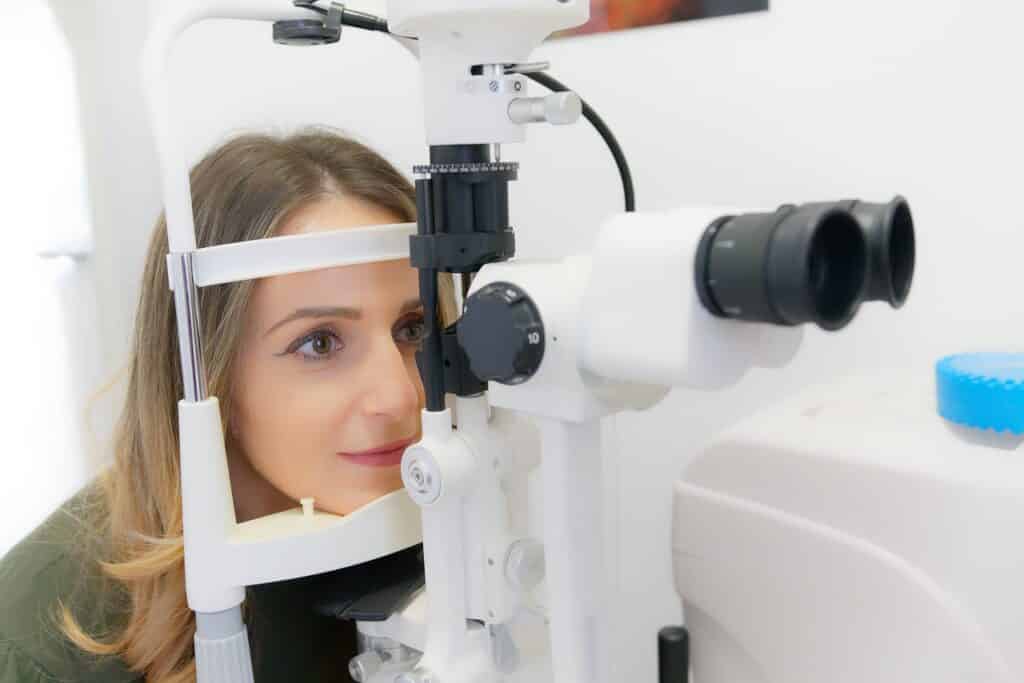Posted by: Center for Sight New York in Blog

We are proud to be the first in central and Northern NY to offer the most advanced technology in cataract surgery.
Cataracts are one of the leading causes of visual impairment in the world. A cataract is a clouding or opacity of the natural lens inside the eye. The lens is located just behind the iris (the colored part of your eye). It functions somewhat like the lens on a camera, focusing the light that enters your eye onto the retina.
However, when the lens becomes cloudy, it prevents light and images from passing through to the retina, and the vision becomes impaired. By far, the most common cause of cataracts is the natural aging process. It accounts for over 90% of all cases of cataracts. Medications (such as steroids), trauma, diabetes, genetics, and ultraviolet light can also contribute to the development of cataracts.
As a general rule, most cataracts develop slowly over time, from months to years, before they mature enough to start affecting vision and interfering in daily activities.
Most Common Cataract Symptoms:
- Blurry, hazy vision
- Glare, causing difficulty driving, especially at night
- Double vision
- Eyestrain
- Yellowish discoloration of vision
- Frequent changes in eyeglass prescription
- Dull colors
Risk Factors for Cataracts:
- Advanced age
- Diabetes
- Smoking
- High blood pressure
- Family history
- Trauma
- Steroid use
- Overexposure to sunlight without UV protection
Traditional cataract surgery involves the creation of several small incisions which are made manually with a blade. With Victus the most challenging steps of traditional cataract surgery are automated allowing the surgeon to create those incisions with a higher degree of precision, blade-free!
The VICTUS platform is designed for:
- Versatility
- Precision
- Quality
- Speed
- Visualization
Femtosecond lasers emit optical pulses of extremely short duration in the domain of femtoseconds, as short as one-quadrillionth of a second. These ultra-short pulses do not transfer heat or shock to the material being cut and can make surgical incisions with extreme precision. The technology was developed in the early 1990s at the University of Michigan Engineering Center.
The first commercial platform was introduced in 2002 and the original approval was for flap creation during LASIK surgery. Recent platform approvals have been expanded to include additional corneal/therapeutic procedures and cataract applications.
Contact us to learn more about your treatment options for cataracts.
Interest free financing is available! Learn more and apply for CareCredit.
